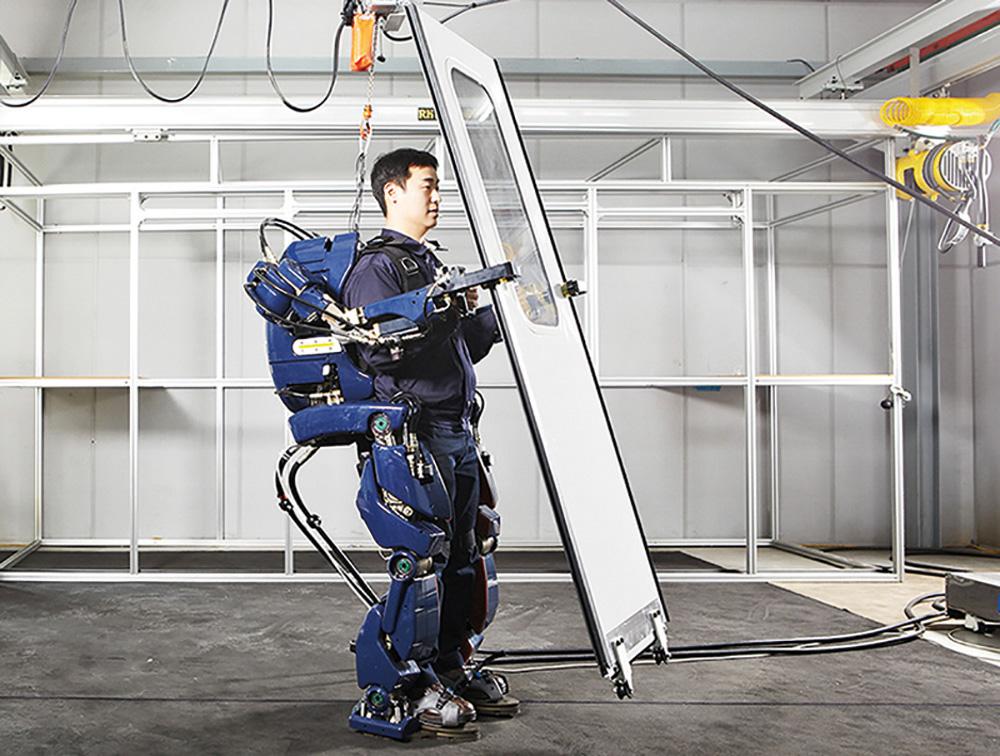


It’s been a long haul in this department for humanity, but if we put aside the military connotations for a second (Call Of Duty fans can move to the next column) exo-suit or exoskeleton developers have the very best intentions at heart.
Think about it; wheelchair users could be able to walk again, supported by their suits, and those who struggle day to day due to paralysis or injury could be given the ability to do even the most simple little things that we all take for granted.
The Phoenix exoskeleton (that you can see below) is the world’s lightest and most advanced system of its kind, and is designed to help people with mobility disorders to be upright and mobile. In the clinic, at home, and in the workplace Phoenix has successfully enabled many individuals to stand up, walk about, and speak to peers eye-to-eye.
[caption id=“attachment_21069” align=“aligncenter” width=“640”] The Phoenix Exoskeleton intended for people with walking problems[/caption]
The Phoenix Exoskeleton intended for people with walking problems[/caption]
The advantage of Phoenix over its competitors is that it has only two actuators at its hip; the knee joints are designed to allow support during stance and ground clearance during swing. This means the actual mechanical components needed to carry around are minimal compared to something like the heavy loading suit created by Hyundai (main image).
The Hyundai suit is essentially designed to turn your average factory worker into a forklift truck, meaning our trade unions will have to rewrite those Health and Safety guides.
I can’t wait to see the line “If injury by robot does occur…”
But of course, as we’ve seen from the Iron Man films, the military always comes knocking when it comes to suits. And in the real world, things aren’t any different, with the US Army chasing after developers to make their own versions of these powered exoskeletons.
So either someone in the Pentagon is a big comic book nerd or the writers at Marvel are actually writing the script for the universe…
Thankfully for you and me, robotically augmented soldiers running around is a fair way off yet. Exoskeletons and powered suits continue to cause headaches for military scientists, as they face many of the same challenges as their industrial counterparts: being comfortable to wear for many hours and integration with already established equipment and standards.
If a paratrooper needs to jump off a plane, parachute into a lake, crawl through mud and then run for cover to engage the enemy that exoskeleton has to work and not become a liability. And because it’s the American army it needs to come with cup-holders, air conditioning and sat-nav that can locate the nearest fast food outlets.

